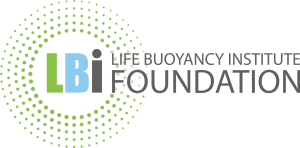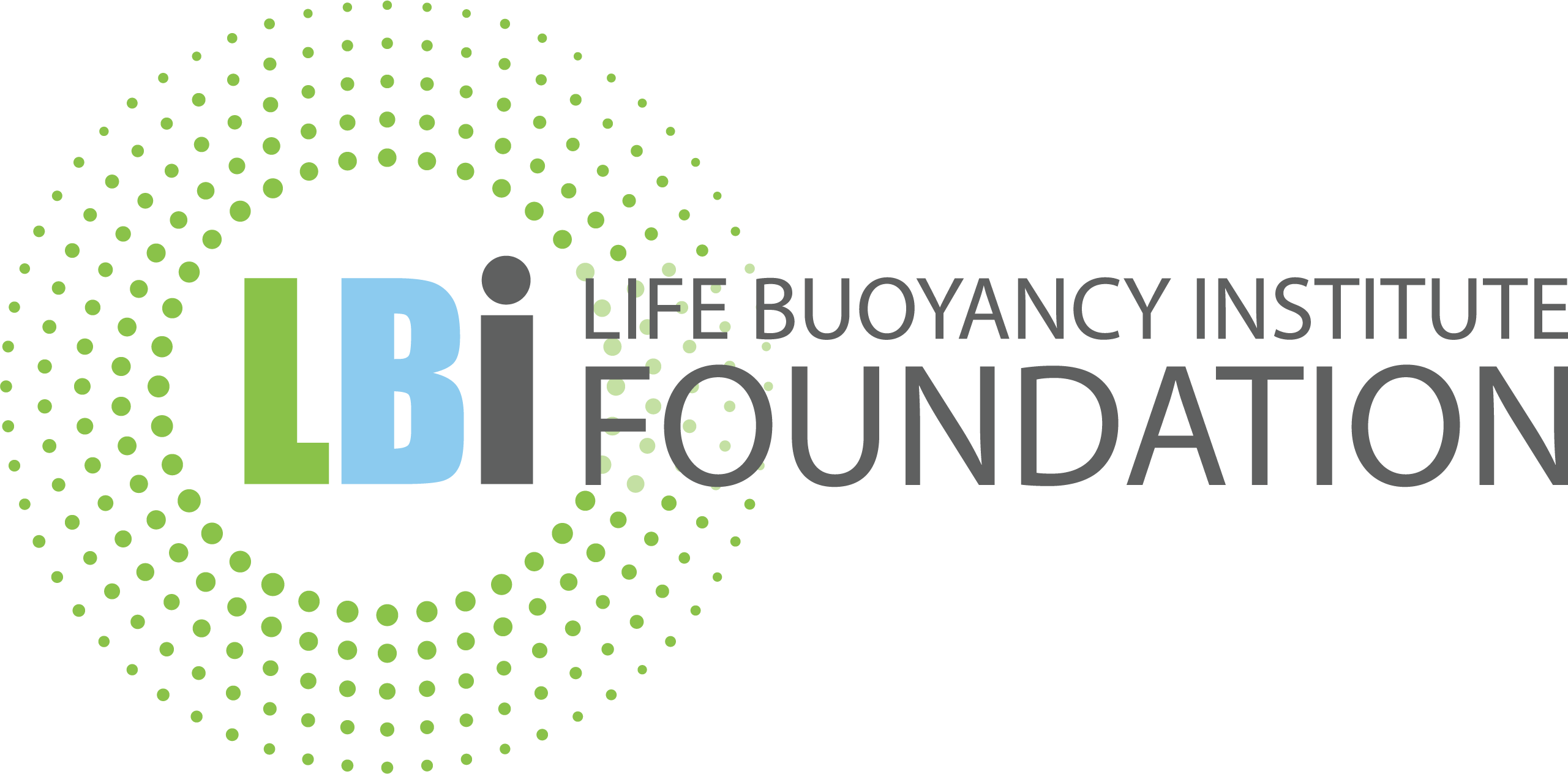Introducing the Community
Tenison Woods College, Mount Gambier

Tenison Woods College Leadership Team with LBI Foundation Community Lead, David Kelly.

Tenison Woods College is a K-12 Secondary Catholic Education School in Mt Gambier, South Australia
Tenison Woods College have a long history of seeking to understand and implement the science of wellbeing and growth across their educational community.
LBI Foundation has partnered with the school community since 2019, founded upon the IMPACT Program as delivered across educational settings, and guided by the Resilient IMPACT capacity building strategy.
The support has been personalised to the school and geographic community. The co-designed wellbeing framework (2019) was aligned to the school values, and built upon their engagement with SAHMRI Wellbeing and Resilience Centre and the science of wellbeing which was embedded within their school values (SHINE). The work has also sought to strengthen the implementation of broader Catholic Education of South Australia’s wellbeing frameworks and learning initiatives (Living Learning Leading and Learn Well), as well as the whole-of-state CESA implementation of the Clarity framework.
The intent (or outcomes) and actions of this work is summarised below.
Impact and Role of Intentional Practice
Throughout our journey of implementing intentional practices to support the needs of staff, students and parents, we have seen a natural response from our staff to look below the surface to support the raised concern. The willingness and confidence our staff have shown to respond with a growth intent has supported a pedagogical shift
Nick Patzel, Head of Middle School, December 2022
Importance of Under the Surface Thinking
The LBI tools and strategies have been further embedded into the daily work of staff at TWC with staff consistently using under the surface thinking to explain student behaviours. Students have begun utilising What-What-How® as peer mentors which we look forward to evolving.
Tania Sigley, Wellbeing Director, November 2021
Role of Growth Action Planning
The side-by-side formulation of GrowthAction Plans (mapped to the What-What-How®) has been instrumental in supporting us as educators to develop shared growth intent (goals) and identify small steps of growth (change), thus building our capacity to ‘respond rather than react’ or act in an intentional manner.
Melissa Bucik, Junior Primary Wellbeing Coach, November 2021
Intent ('What')
Build a Wellbeing and Trauma Responsive Educational Community
Where Wellbeing is a Way of Thinking and Being
Made Practical Through the Following Co-Designed Outcomes
System
To embed a cohesive, intentional, integrated and common approach (across main site and child care) to:
- Implement a safe, growth-focused and wellbeing-responsive learning environment.
- Deliver personalised student wellbeing and support services, and to meet all students at their individual starting point (needs and context).
- Embed a trauma-responsive and inclusive support culture.
Educators
To embed the awareness, skills and mindsets to:
- Intentionally respond (rather than react) to individual student needs (e.g., trauma, growth, learning, developmental) in a relationship focused and personalised manner.
- Grow student capacity through intentionally delivered social-emotional learning, side-by-side coaching, shared Growth Action Planning processes and through both implicit and explicit learning approaches.
- Empower educators to work together in shared intent (including with students and families).
Students
To provide students high quality resources and content that is focused on:
- Foundational wellbeing and resilience skills.
- Social-emotional learning competencies and curriculum.
- Meta-cognitive and problem solving.
- How to work side-by-side with others in shared intent.
Actions ('How')
Summary Actions of the Partnership Journey
- Entire capacity building initiative founded upon the science, research and practice of intentional practice, as made practical for educational and school settings.
- Implementation underpinned by the Resilient IMPACT capacity building strategy.
- LBI Foundation Community Lead: David Kelly.
- LBI supported the leadership team to operationalise a locally owned wellbeing framework that built upon their historical work with SAHMRI and their school values (SHINE). It was made practical through an intentional practice logic model.
- The focus has been on making this framework practical and stick in action through the IMPACT Program. All Tenison Woods College staff were IMPACT Trained, and 16 key leaders across the school were accredited to the IMPACT Coach (or Community Champion level). This was supported by wrap-around coaching.
- The College community has focused on embedding intentional practice and IMPACT tools and strategies into teaching practice and the culture of the school through the sustained application of a community of practice approach. Evaluations undertaken by LBI in 2020 and Central Queensland University in 2021.
- Deepening focus around trauma, attachment and growth action planning.
- Dedicated IMPACT train-the-trainers, focus on taking IMPACT content to explicit teaching with students. The 2023 project goal is as follows.
- The Tenison Woods College community will co-create sustainable methods, tools and strategies that explicitly engage students in the processes of building and sustaining a wellbeing-and-trauma responsive educational community.
- Advanced training and embedding of content related to attachment theory and trauma.
- Maintenance and extension of embedding strategy.

Photo credit: Tenison Woods College
Community Story
Tenison Woods College create grounding strategy lanyards to embed IMPACT language in the community.
A creative brainstorming session led Alarni and Edel of Tenison Woods College to table the idea of making grounding strategy lanyards for their Educators.
We interviewed Alarni to hear more about how the lanyards have helped embed IMPACT language in the Early Learning Centre, school and home.
How were young people introduced to the lanyard?
We originally presented the lanyard to the children at group times, asking them if they knew what each picture represented. In the conversation, we then had the opportunity to expand their ideas about what it meant and gained momentum from there.
How has it helped the children?
The children still use aspects of the lanyard across the Early Childhood Centre and they have now been shared with the school as well. We also created accompanying posters, and these are displayed in each room and each staff member wears them on their lanyard. A copy of the poster has also been sent home to particular families so that they can use the same language and talk about the concepts with their child.
The lanyard helps each child to choose how they respond to situations and have a sense of agency in how they regulate and feel grounded.
Was has the response been like?
The children loved the concept of the lanyard and still do. Within a couple of days the language was being used commonly throughout the rooms. For example, one child was starting to get quite loud and restless during a circle group time. I paused and asked them if they had something they wanted to share. They paused, shook their head and then leant over and reached for the lanyard saying, “actually I think I need to use our breakout space.”
Thanks to the imagery and the language, this child immediately knew the grounding strategy that they knew would support them and were able to refer to the resource to help them articulate what was happening for them in that moment.
Have there been any surprises from the initiative?
It really created more conversation and a lot more ‘ah-ha’ moments between staff as they shared discussions about ‘respond rather than react’ and other concepts.
We also shared a presentation and our posters during our Communities of Practice earlier this year. Attending this were teaching staff from Tenison Woods College, Mary Mackillop and St Anthony’s who took copies of the posters to adapt and use at their own schools.
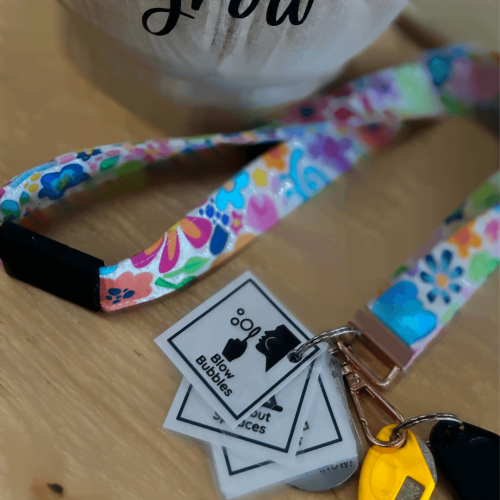
Photo credit: Tenison Woods College
